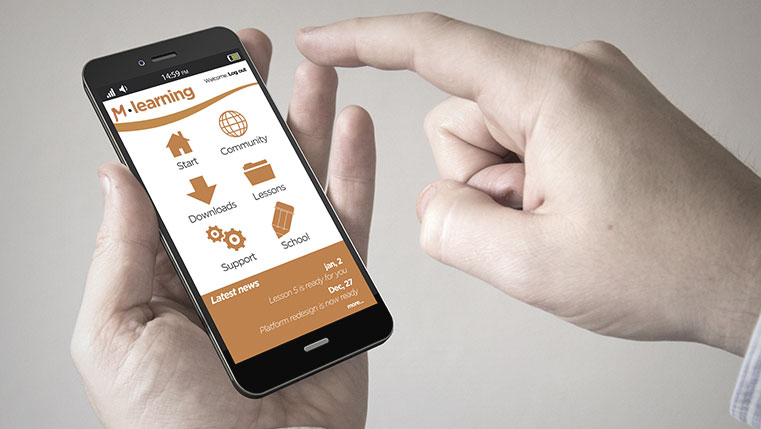Get Your Top Management to Say Yes to Mobile Learning! [eBook]
![Get Your Top Management to Say Yes to Mobile Learning! [eBook] Get Your Top Management to Say Yes to Mobile Learning! [eBook]](https://blog.commlabindia.com/hubfs/Imported_Blog_Media/mobile-learning-implementation-ebook-v2.png)
Let’s admit it. In today’s knowledge-based economy, learning is no longer a one-time event; rather, it has become a continuous process. Mobile devices can be leveraged in this context to offer learning that addresses a wide spectrum of needs. However, as organizations realize the potential of mobile learning, they also face many obstacles. This article will discuss the obstacles you are likely to face and the solutions to overcome them.
Mobile Learning Implementation
Explore how to overcome 3 challenges:
- Pedagogical
- Design
- Technology
What is the definition of mobile learning?
The term “mobile learning” can be defined according to:
- Learner Mobility: Learning that happens when the learner is on the move and not physically attached to a location or a device.
- Device Size: Learning that happens on a device that is small enough to fit in a pocket, handbag, or the palm of one’s hand.
Mobile learning:
- Offers more options for self-paced learning
- Assists learners achieve learning milestones faster
- Is ideal for delivering just-in-time training
- Supports a wide range of learning strategies
- Makes it easy to deliver updates and feedback quickly
- Can be used to deliver performance support to learners
Many issues commonly seen with traditional methods of training, such as training employees on the go, time constraints, and the need to provide anytime, anywhere learning, can be solved with mobile learning. The use of multiple devices, a growing millennial workforce, and advances in mobile technology are all encouraging (can I say ‘forcing’?) organizations to implement mobile learning for their employee training.
There are a lot of benefits of opting for mobile learning as we already saw. But despite these benefits some organizations are hesitant to implement it due to several factors, for instance, IT security issues, costs, or resistance from learners.
What do you think are the obstacles and challenges to the adoption of mobile learning? Explore them along with the solutions in this eBook.
Dealing with learners’ resistance to mobile learning
Learners do appreciate the flexibility of mobile learning, which allows them to learn whenever and wherever they want, as well as the freedom to schedule training at their own time. However, some of them are concerned that mobile learning can intrude on their personal time and force them to train outside of work hours.
The key is to convince them that mobile learning allows them to access and complete training during times when they can’t do much else – such as during their commute to work, while waiting at a customer’s office, or on official business travel.
Delivering content in short bite-sized modules keeps the learning short and engaging. Infographics, GIFs, short videos, and checklists are all effective ways to deliver such content because they don’t take up a lot of the learner’s time.
Explore microlearning assets that can be leveraged for mobile learning.
You can overcome stakeholders’ resistance to mobile learning with the right technology and learning design strategies. You can also build a strong business case using the same. What are your thoughts? Let us know what you think in the Comments section.
To Wrap Up!
Despite its drawbacks, mobile learning has the potential to improve the effectiveness of your training. Its benefits hugely outweigh its drawbacks, so relax and go mobile today. Have you more questions? Will making courses meant for desktops, responsive help? How safe is organizational data with mobile learning? Our eBook focuses on the 3 main barriers to mobile learning implementation and the means to overcome them.






